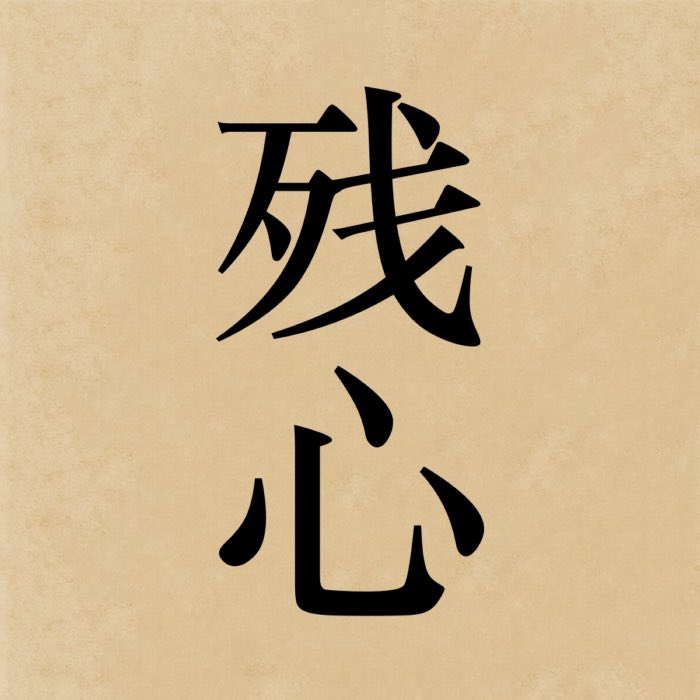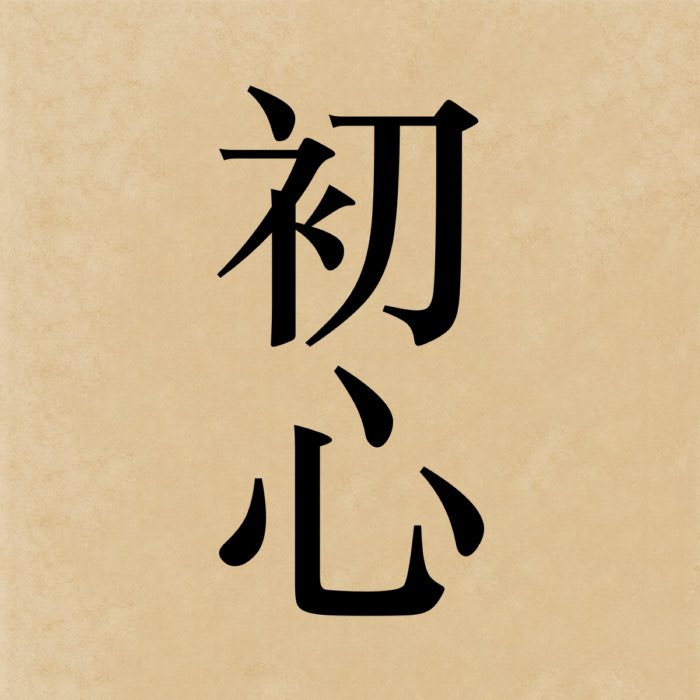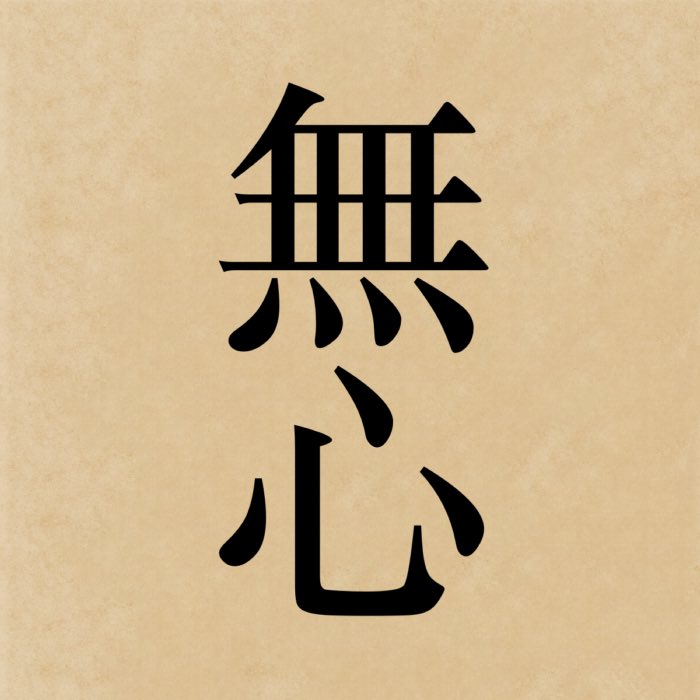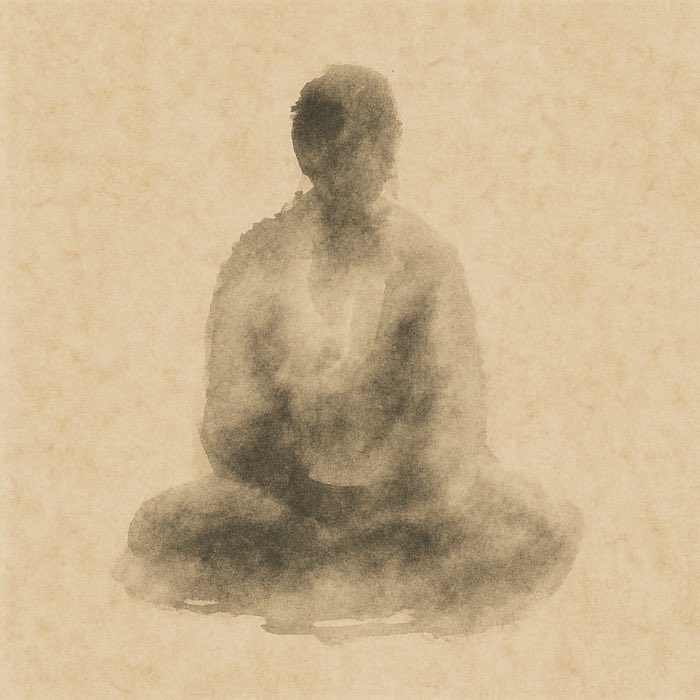Weekend Stories
I enjoy going exploring on weekends (mostly). Here is a collection of stories and photos I gather along the way. All posts are CC BY-NC-SA licensed unless otherwise stated. Feel free to share, remix, and adapt the content as long as you give appropriate credit and distribute your contributions under the same license.
diary · tags · RSS · Mastodon · flickr · simple view · grid view · page 9/51
Zanshin: Lingering awareness in Zen
Zanshin (残心), often translated as ‘lingering mind’ or ‘remaining mind’, refers to a state of sustained attention and awareness that persists before, during, and after an action. Originally developed and emphasized in Japanese martial arts, zanshin has deep roots in Zen and embodies one of its most practical expressions: presence without fixation. While other states in Zen emphasize emptiness, spontaneity, or letting go, zanshin emphasizes continuity — a thread of unbroken attention that is both situationally aware and internally calm.
Shoshin: The beginner’s mind in Zen
Among the many attitudes cultivated in Zen, few are as well-known or widely applicable as shoshin (初心), often translated as ‘beginner’s mind’. The term refers to an attitude of openness, curiosity, and non-attachment to preconceived ideas. Although the phrase has found popular usage well beyond its Zen context, its origin and significance lie in the Zen tradition’s emphasis on direct experience and the continuous unfolding of practice. Far from being a naïve or passive stance, shoshin is a disciplined receptivity — a state of mind that remains unfixed even in the presence of knowledge or expertise.
Zanmai: Meditative absorption in Zen
Samādhi (三昧, zanmai in Japanese), meaning meditative absorption or collectedness of mind, is a central concept not only in Zen but across all Buddhist traditions. In its classical form, it refers to the unification of attention, where the mind becomes fully focused and steady, undisturbed by distractions or wavering thoughts. While early Buddhist texts describe samādhi primarily in relation to the jhānas, a sequence of deep meditative states, Zen reinterprets the notion within its own emphasis on immediacy and non-duality. In this context, samādhi is not only a condition of stillness achieved in formal meditation, but also a way of inhabiting ordinary activity with full presence and non-clinging awareness.
Mushin: The Zen state of no-mind
Mushin (無心), typically translated as ‘no-mind’ or ‘without mind’, refers to a pivotal mental state in Zen where the practitioner acts without hesitation, calculation, or attachment to thought. The term is widely known not only within Zen but also in disciplines influenced by it — such as the Japanese martial arts and calligraphy — where it denotes a fluid, spontaneous presence. However, in its deeper Buddhist sense, mushin points to a condition of mind unclouded by grasping, aversion, or conceptual elaboration. It is not a loss of awareness, but its refinement: pure attention unobstructed by egoic interference.
Datsuraku: Dropping off body and mind
Of the various phrases attributed to the Zen tradition, few are as central and enigmatic as shinjin datsuraku (脱落身心), often translated as ‘dropping off body and mind’. This expression is most famously associated with Dōgen, the founder of the Japanese Sōtō Zen school in Japan, and it reflects one of the most pivotal states of mind in Zen training. Unlike metaphorical or symbolic phrases, datsuraku describes a concrete experiential shift — one that resonates deeply with the core Buddhist insight into non-self (anattā), impermanence (anicca), and the cessation of attachment (taṇhā).
Hishiryō: The Zen concept of non-thinking
Among the various states of mind cultivated in Zen, hishiryō (非思量), often translated as ‘non-thinking’, holds a foundational position. It is closely associated with zazen, the seated meditation practice that forms the core of Zen training. Despite its seeming paradox, hishiryō does not advocate the cessation of all mental activity nor a forced blankness of mind. Instead, it designates a mode of awareness that transcends both conceptual thinking and the deliberate effort to suppress thought. In this respect, it echoes and deepens the early Buddhist emphasis on mindfulness (sati) and the cessation of discursive attachment.
Mental qualities emphasized in Zen practice
Zen places particular emphasis on the direct experience of reality through meditation and intuitive insight. While this school is often associated with paradox, spontaneity, and aesthetic simplicity, its foundation lies firmly within the core principles taught by Siddhartha Gautama. At its heart, Zen does not advocate a different doctrine, but rather a distinct approach to the realization of impermanence, interdependence, and non-self. A recurring theme in Zen training is the cultivation of specific states of mind. These are not to be seen as fixed stages or mystical attainments, but rather as dynamic dispositions — mental qualities that emerge from embodied practice and deepened insight. These states are closely tied to Siddhartha’s teachings, particularly the Eightfold Path, mindfulness (sati), the cultivation of mental qualities (citta-bhāvanā), and the renunciation of clinging (upadana). In this post, we explore the key mental states valued in Zen practice. While many originate from or are influenced by Japanese Zen, their psychological and philosophical underpinnings can be found throughout Buddhist thought. They reflect how the practitioner gradually transforms perception and engagement with reality.
Sokushin zebutsu: Mind itself is Buddha
The phrase sokushin zebutsu (即心是仏), ‘mind itself is Buddha’, is one of the most iconic statements in East Asian Zen thought. Originally attributed to Chinese Chán masters such as Mazu Daoyi, it encapsulates a radical immediacy: the very mind one possesses here and now is none other than Buddha. In Dōgen Zenji’s teaching, this expression is not merely affirmed but critically reinterpreted. Dōgen emphasizes that understanding ‘mind itself is Buddha’ demands rigorous clarification: it is not an endorsement of complacency, conceptual identification, or static existence. Instead, it points to the dynamic, ever-unfolding nature of practice-realization.
Shinjin datsuraku: The radical shedding of body and mind in Dōgen’s Zen
Dōgen Zenji’s radical approach to Buddhist practice and realization is vividly captured by the phrase shinjin datsuraku (身心脫落), ‘dropping off body and mind’. Attributed to Dōgen’s awakening under the Chinese Chán master Tendō Nyojō, this expression encapsulates a profound experiential insight central to Dōgen’s Zen: the total release of attachment to both corporeal existence and mental constructs. Understanding shinjin datsuraku is essential to grasping Dōgen’s redefinition of practice, selfhood, and liberation.
Genjō Kōan: Manifestation of reality in Dōgen’s thought
Among the many fascicles of Dōgen Zenji’s Shōbōgenzō, Genjō Kōan (現成公案) holds a particularly central place. Written early in Dōgen’s career, it succinctly captures the essence of his teaching: that the complete manifestation of reality (genjō) is nothing other than the unfolding of everyday life when seen without delusion. In this text, Dōgen articulates key insights on practice-enlightenment, non-duality, impermanence, and the dynamic relationship between self and world.









